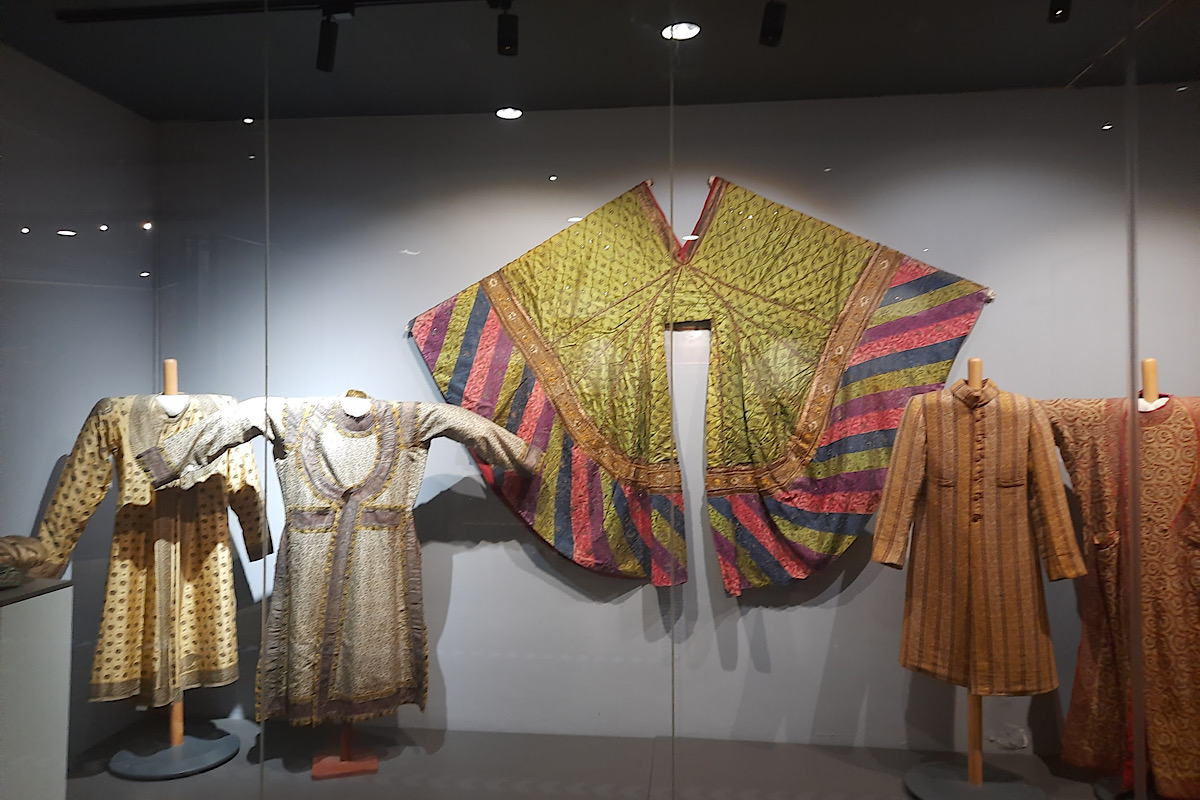City students excel at school meet on history & monuments in Delhi
Mahadevi Birla Shishu Vihar was the only ICSE school to take part in the festival from West Bengal, along with schools from other states.

Representation image
The textiles and handloom of India are as inseparable to India as air is to breathing. Indian handlooms are popular all around the world for its colorful appearance as well as its seasonal functionality. The ministry of Textiles has organized an educational initiative on the occasion of 9th National Handloom Day .
The #Knowyourweaves initiative is an attempt to introduce and enlighten the young minds of the country to the handloom cultures. The annual exhibition is being held at three locations from August 4 to August 14 at the National Crafts Museum in Pragati Maidan, Dilli Haat, INA and Handloom Haat,Janpath. The entry is free for all textile and cultural enthusiasts attending at Pragati Maidan & Handloom Haat.
Advertisement
The exhibition is a collaboration of education and culture. The museum showcases the varied weaves that are worn through the Indian subcontinent that include Chanderi , Jamdani, Ikat, Banarasi Shikargah, Telia Rumal amongst others. The students of schools and colleges are the special guests of this exhibition as it takes them on a cultural journey across the states and its handlooms. As an aspiring design student Tejaswini was especially excited about the information it gave about Indian textiles and the various looms used.” This was a mesmerizing experience for me and my friends as it showed us how looms work, told us more about backstrap loom. It will help me develop my design bent of mind and help me do better for my country”, she quoted.
The exhibition also brings traditional artisans and weavers who have been making textiles for generations to interact and talk about the process of handloom making. Nafees Ahmed and his family have been making Banarasi Saris for more than three generations and their children continue to take this art forward. “The handloom machine or hathkargha as it is known in hindi takes around six months to make a single saree. With the advent of the newer technologies, work has been affected but people continue to get banarasi sarees made and worn across the country”, he shared.
The young students were most enamored by the interesting technique of block printing that is the printing technique of pressing and stamping fabric with carved wooden blocks filled with color.
The students were also educated about the textile made from the natural dyes and how they have been used since 3000 BC by Badshah Miyan , who has been teaching about natural dyes and fabrics for years now. He explains about the art of using natural dyes as color. ” There is a chemistry of color which also explains how different colors were used by different people in the past and it all works like a logical science.”
As the students move forward they are taken on a walk which explains the process of how threads are made , its progress though the charkha, process of preparing the thread for the loom and finally warping the charkha. This journey is made exciting for the students as they are given knowledge currency throughout this process. This helps the students to recall these cultural elements and retain these for practical knowledge in the future.
Advertisement